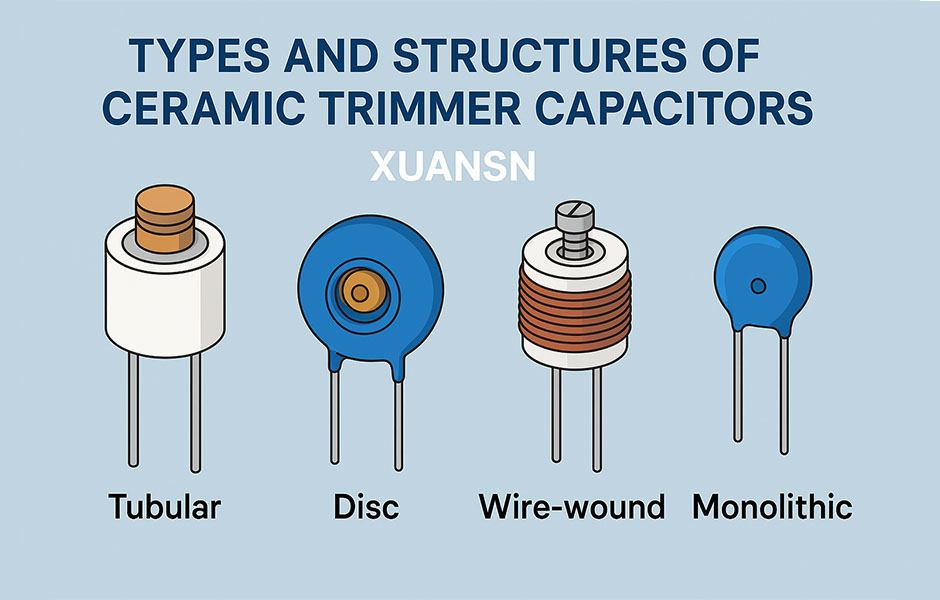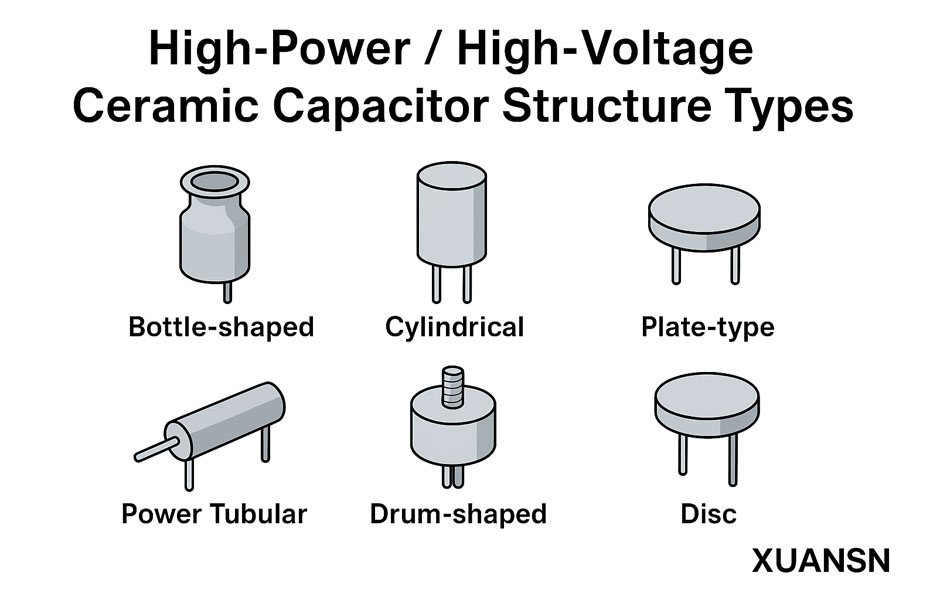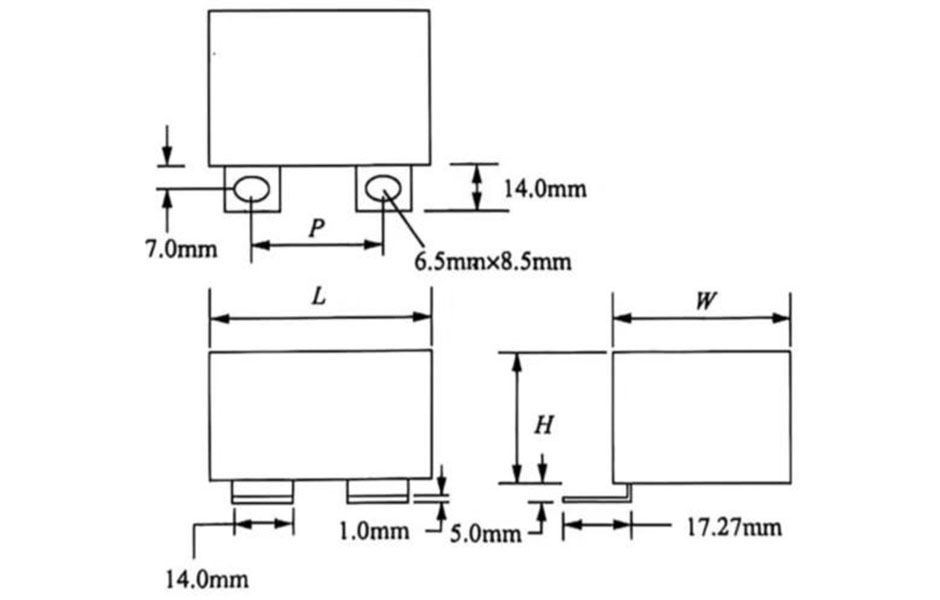Super capacitor refers to a new type of energy storage device between traditional capacitors and rechargeable batteries. It not only has the characteristics of rapid charge and discharge of capacitors, but also has the energy storage characteristics of batteries.The following describes the characteristics and classification of super capacitor.
- Super capacitor characteristics
Compared with batteries and traditional physical capacitors, the characteristics of super capacitors are mainly reflected in:
(1) High power density. It can reach 102~104 kW/kg, which is much higher than the power density of the battery.
(2) Long cycle life. After a few seconds of high-speed deep charge and discharge cycles of 500,000 to 1 million times, the characteristics of the supercapacitor change little, and the capacity and internal resistance are only reduced by 10% to 20%.
(3) Wide working temperature limit. Since the adsorption and desorption speeds of ions in supercapacitors do not change much at low temperatures, their capacity changes are much smaller than those of batteries. The operating temperature range of commercial supercapacitors can reach -40℃~+80℃.
(4) Maintenance free. The supercapacitor has high charge and discharge efficiency, has a certain tolerance to overcharge and overdischarge, can be repeatedly charged and discharged stably, and theoretically does not require maintenance.
(5) Green and environmental protection. Supercapacitors do not use heavy metals and other harmful chemicals in the production process, and have a long life. Therefore, they are a new type of green environmental protection power supply.
- Super capacitor classification
For supercapacitors, there are different classification methods according to different contents.
(1) based on different energy storage mechanisms, supercapacitors can be divided into two categories: electric double layer capacitors and Faraday quasi-capacitors. Among them, electric double layer capacitors mainly generate storage energy through the adsorption of pure electrostatic charge on the electrode surface. Faraday quasi-capacitors mainly generate Faraday quasi-capacitors through reversible redox reactions on and near the surface of Faraday quasi-capacitive active electrode materials (such as transition metal oxides and macromolecule polymers), thereby realizing energy storage and conversion.
(2) according to the type of electrolyte, it can be divided into two categories: water-based supercapacitors and organic supercapacitors.
(3) according to whether the types of active materials are the same, they can be divided into symmetric supercapacitors and asymmetric supercapacitors.
(4) according to the state of the electrolyte, supercapacitors can be divided into solid electrolyte supercapacitors and liquid electrolyte supercapacitors.




